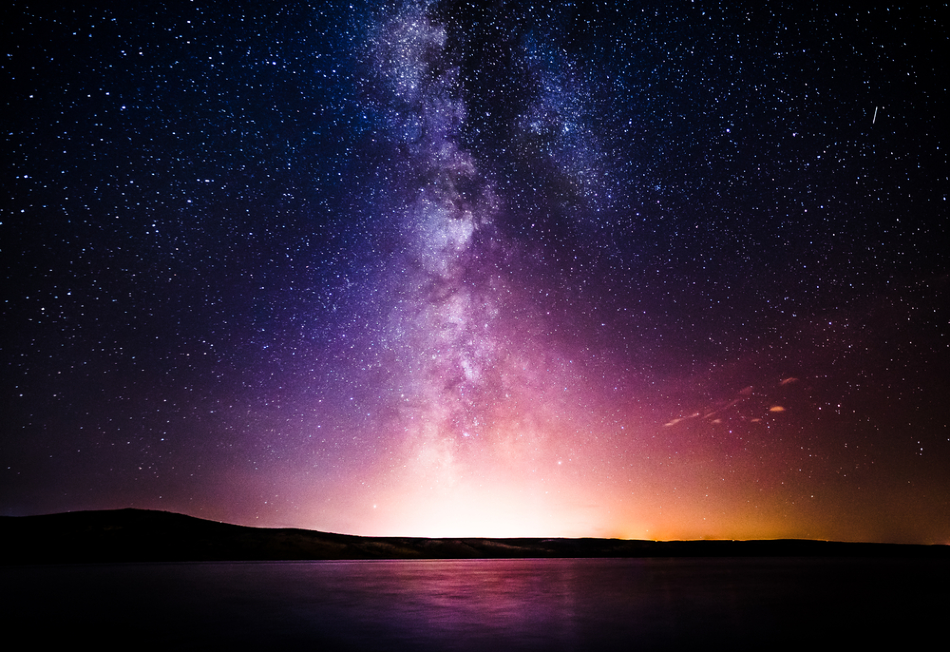The Hubble Space Telescope has snapped incredible new images of a gargantuan spiral galaxy some 232 million light-years away. The galaxy is so big in fact that NASA has dubbed it the “Godzilla Galaxy” as it dwarfs our own Milky Way in size and stature being 2.5 times wider and containing 10 times as many stars.

Image Credit: Josip Ninkovic/Shutterstock.com
Officially, the galaxy goes by the name UGC 2885 and is situated in the northern constellation Perseus. UGC 2885 has been known to astronomers for some time and is isolated with no nearby galaxies, which means there are little chances of celestial disruption to distort the shape of the disc.
Dr. Benne Holwerda of the University of Louisville, Kentucky, who made observations and surveyed the galaxy with NASA’s Hubble Space Telescope, has given UGC 2885 the nickname “Rubin’s galaxy”, after the late astronomer Vera Rubin (1928 – 2016).
“My research was in large part inspired by Vera Rubin’s work in 1980 on the size of this galaxy."
Dr. Benne Holwerda of the University of Louisville, Kentucky, US
Rubin’s work measured the rotation of the galaxy, which in turn provided evidence for the existence of dark matter, which is what makes up most of the galaxy’s mass. Holwerda and his colleagues are now seeking to understand what led to the astonishing growth of Rubin’s galaxy.
"How it got so big is something we don't quite know yet," stated Holwerda. "It's as big as you can make a disk galaxy without hitting anything else in space," he added.
Presenting the results of his team’s work at the 235th Meeting of the American Astronomical Society in Honolulu, Hawaii, Holwerda stated:
“The goal of citing Dr. Rubin in our observation was very much part of our original Hubble proposal.”
Dr. Benne Holwerda of the University of Louisville, Kentucky, US
The team are also intrigued by the fact the galaxy is unusually secluded with the surrounding “neighborhood” somewhat clear.
One theory for the enormity of Rubin’s galaxy is that it could have devoured smaller satellite galaxies over billions of years which would account for the Godzilla moniker.
By focusing on the galaxy’s halo and counting the number of globular star clusters, the team will gather information, which could indicate that Rubin’s galaxy did indeed consume smaller galaxies during its lifetime - any excess of globular clusters would provide some of the evidence needed to make this claim.
It is believed that many galaxies, including the Milky Way, can increase their size by swallowing up nearby, smaller galaxies. In fact, according to NASA research the Milky Way galaxy will eventually be absorbed by the ever-expanding Andromeda galaxy, but this is not forecast to happen anytime soon (some 4 billion years in the future).
Another theory is that Rubin’s galaxy slowly accreted gas for new stars and expanded due to the room it was given to grow. Either way, the team will continue to use Hubble to survey the galaxy and its surroundings to determine just how it got so big. According to Holwerda, there is little evidence of a major merging event and points towards the galaxy being a “gentle giant”. Moreover, the supermassive black hole at the center of the galaxy seems to be a “sleeping giant”, as it is starved of infalling gas.
With the excitement surrounding the latest image of Rubin’s Galaxy and the continuing research of Holwerda’s team, plans are being made to also explore the galaxy’s center in the near future. Using NASA’s James Webb Space Telescope (JWST/WEBB) and the WFIRST Infrared Telescope, astronomers could make valuable observations while gathering additional information and data to determine the answers they seek.
"The infrared capability of both space telescopes would give us a more unimpeded view of the underlying stellar populations."
Dr. Benne Holwerda of the University of Louisville, Kentucky, US
Disclaimer: The views expressed here are those of the author expressed in their private capacity and do not necessarily represent the views of AZoM.com Limited T/A AZoNetwork the owner and operator of this website. This disclaimer forms part of the Terms and conditions of use of this website.